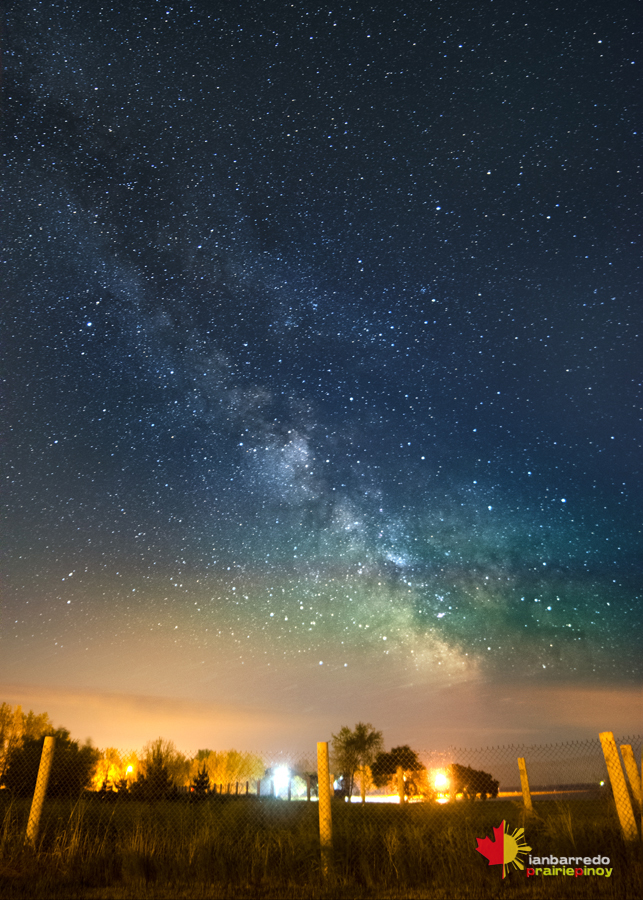May 30 2015
 |
| Baader Planetarium 2 inch UHC-S Filter |
It was the weekend once again and just in time, i received my broadband nebula filter. The filter coating is mirror or metallic like with a tint of magenta and cyan. It is supposed to increase the contrast by blocking certain spectrum of light especially those coming from high pressure sodium streetlights, while allowing Hydrogen alpha and Oxygen III emissions to pass including most of the major parts of visible spectrum .
I headed out to a dark sky just an hour's drive away from the city to test it.
May 30 2015
 |
| Sadir region |
I decided to try the star Sadir as it is surrounded by clouds of ionized hydrogen as shown on a handy Android app called Stellarium.
Here is a single 5 minute sub straight from the camera with the filter.
D610 ISO 1600
The filter did a good job of darkening the sky without blocking most of the starlight. And the stars looked a bit smaller and sharper by reducing their brightness for a bit.
As you can see, the red hydrogen emission from the nebula is starting to show up, though is still restricted by the stock IR filter on the sensor of the camera.
But the results are quite promising.
May 30 2015
 |
| The Great Rift at Sadir |
The Great Rift of the Milky Way at Sadir
Nikon D610 +Skywatcher ED80 + Orion Starshoot Autoguider
Skywatcher EQ-3 Synscan
5 mins x 13 @ iso 1600 with Baader UHC-S.
Stacked in DSS + Photoshop
After stacking in DSS and stretching the image in Photoshop, the Great Rift of the Milky Way is clearly visible. It is here on this region that our Milky Way is seemed to be divided in the middle by these clouds of hydrogen gas and dust.
I was happy with these results, although the signal to noise ratio still needs to be improved as it requires a lot of processing or "image stretching" in Photoshop thru curves and levels and as a result there is a lot of noise. And with some noise reduction, most of the fine details of the nebula are gone. But i am quite impressed by the dynamic range of the D610 sensor as you can still recover a lot of data. The star diffraction spikes are added just for aesthetic reasons. Refractor telescopes are unable to create this side effect native to reflecting telescopes.
























